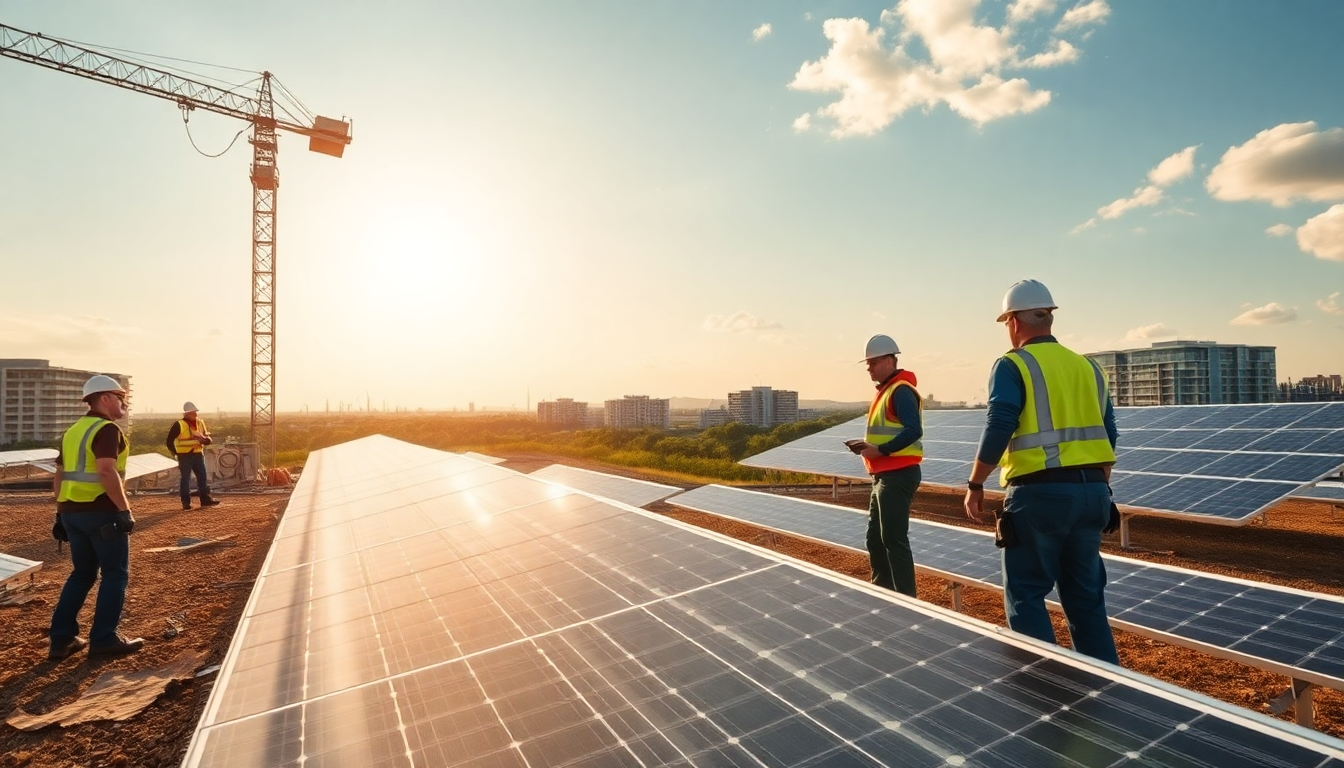Table of Contents
The European Union is gearing up for a significant shift in how it approaches state subsidies, especially when it comes to clean energy initiatives. Why the change? Well, EU competition chief Teresa Ribera has just announced a new rulebook on state subsidies, which aims to guide national governments in directing public funds toward companies that are committed to decarbonization.
This is a pivotal moment in the EU’s policy landscape, allowing for greater flexibility in supporting energy-intensive industries while still promoting fair competition. Exciting, right?
A Closer Look at the New State Aid Framework
Enter the Clean Industrial Deal State Aid Framework, or CISAF for short.
This framework is set to revolutionize how EU countries can support their energy sectors. So, what’s the big deal? Under these new guidelines, governments can now offer substantial subsidies to companies facing high electricity costs. This change reflects a growing recognition of the need for strategic state intervention in the economy.
Plus, the CISAF includes a provision for “temporary electricity price relief” mechanisms, legitimizing the financial support that countries like Germany have sought for their energy-intensive sectors. Isn’t it cool how policies can evolve to meet today’s challenges?
Historically, Article 107 of the EU treaty restricted state aid to prevent market distortion.
However, the European Commission has increasingly recognized that certain aid measures are essential to achieve broader environmental and economic goals. By establishing frameworks like CISAF, the Commission aims to clarify when and how member states can offer support without breaching competition rules.
This evolution in policy highlights the urgency of tackling climate change while maintaining a competitive single market. It’s a balancing act that could reshape the future.
Regional Insights and Opportunities
The implications of this new framework extend far beyond Germany.
Countries like Italy and France, which have robust energy-intensive industries, stand to gain significantly from the revised aid provisions. Imagine being able to grant electricity price reductions of up to 50% on average wholesale prices—this will undoubtedly encourage investment in clean technologies across the continent. French lawmakers are optimistic that this framework will also pave the way for funding nuclear energy projects, a key part of France’s energy strategy. How will this impact the clean energy landscape?
Moreover, the CISAF’s conditionality clauses require that a portion of the aid be reinvested into decarbonization projects. This means that the support provided not only helps alleviate immediate financial pressures but also contributes to long-term sustainability goals. For businesses and investors, this is the perfect time to closely monitor regional developments and consider how to align their strategies with these new opportunities in the clean energy sector. Are you ready to explore what this means for the future?
Future Projections and Strategic Considerations
Looking ahead, the success of the CISAF will largely depend on its implementation and the outcomes of funding proposals. As competition officials start to assess and approve state aid applications, the framework’s ability to balance the need for industrial support with the fundamental principles of the single market will be tested. Stakeholders should brace for potential legal challenges from competitors who may question the fairness of state aid allocations. What could this mean for the future of state support?
In this ever-evolving landscape, strategic investment in clean energy technologies and infrastructure will be crucial. Companies that capitalize on the new opportunities presented by the CISAF while ensuring compliance with EU regulations are likely to position themselves as leaders in the transition to a sustainable economy. The ongoing discussions within the EU about state aid reflect a broader commitment to fostering innovation and resilience amid global economic challenges. Are you excited about what’s on the horizon?





